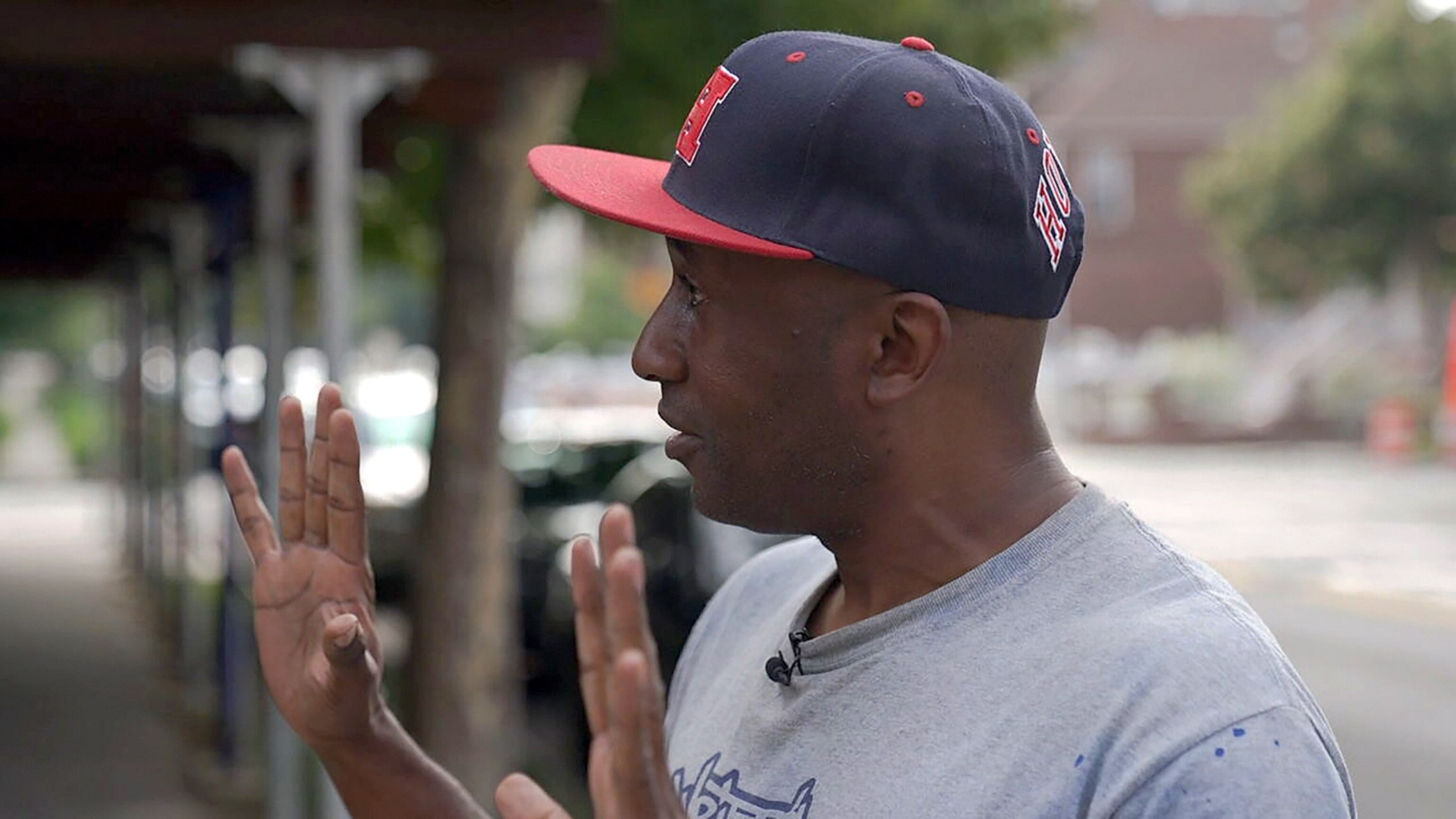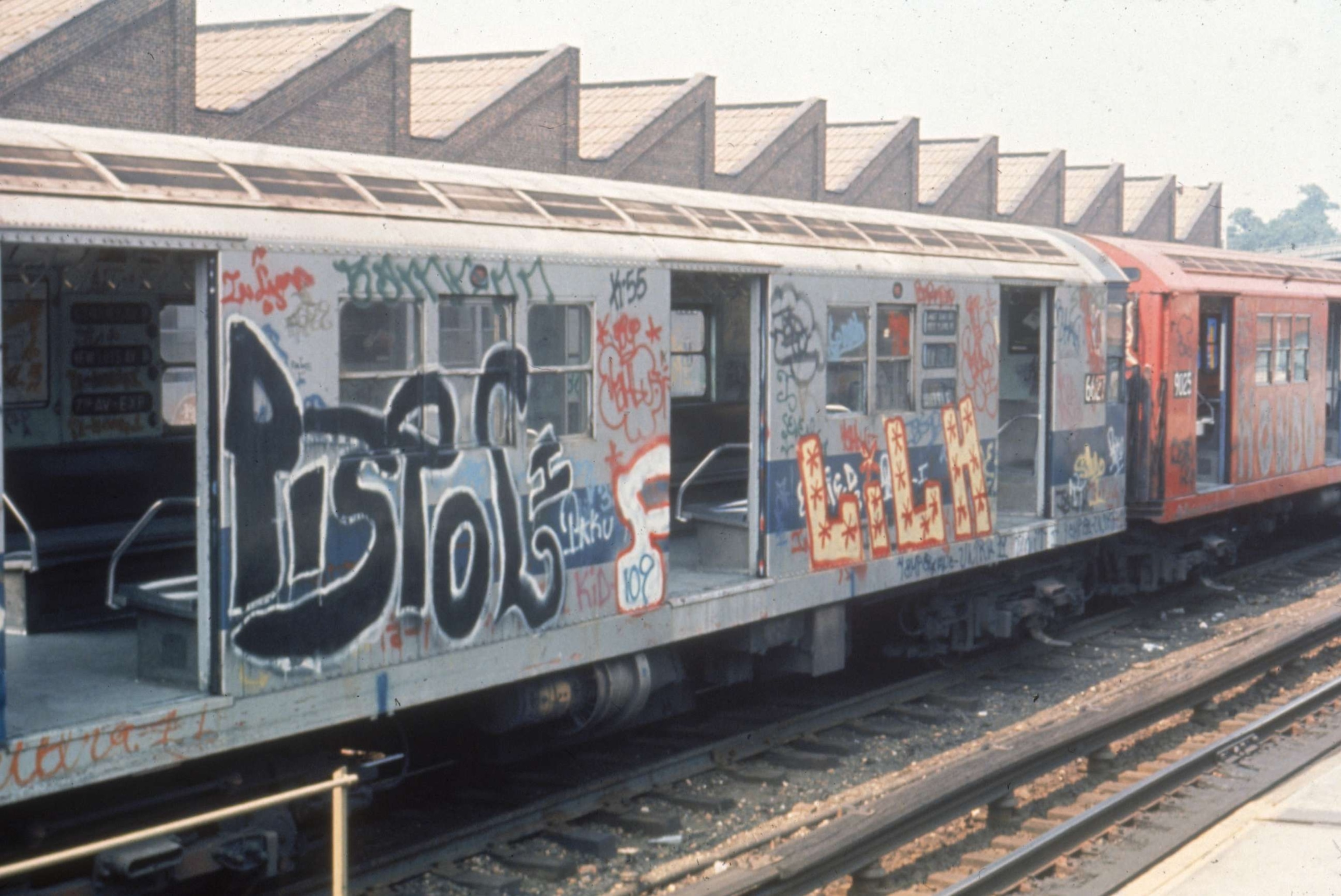Hip-hop at 50: How graffiti has evolved from 1980s through today
Wane One, Fab Five Freddy and Lee Quiñones recall evolution of graffiti
In 1980s New York, hip-hop was the soundtrack of the city, blaring through the neighborhoods on boom boxes and blasting groups like Run-DMC. As the music solidified itself as part of New York culture, another expression – graffiti – emerged alongside it.
Graffiti artists, known as writers, snuck into the rail yards late at night to stake their claim, using paint cans instead of brushes, turning subway cars into their canvases and hoping millions of daily commuters would see their tags moving across the city.
But many viewed graffiti as an extension of the crime plaguing the city. It turned into a battle of sorts – the seemingly fearless teenage graffiti artists against the city, which waged a campaign against them under then-Mayor Ed Koch.
As hip-hop marks its 50th anniversary, ABC News spoke to several pioneering graffiti artists about the evolution of the art form and its close connection with the genre.
Bronx graffiti writer Wane One recalls the spots where he sprayed his art as a teen and what it felt like when he first began.

“The train pulls in, right? I see my piece roll in. There’s a bunch of guys standing there with their schoolbags and they’re looking at it, right? Your art critics are right there. It's not like the art world,” he told ABC News Live.
Renowned artist Lee Quiñones honed his craft painting subway cars, and now his work sells for hundreds of thousands of dollars.
“This was a visual movement that was coming from a place of, it was coming from a place of art, but it had so much influence and it brought so many people that never thought that they could ever be an artist,” Quiñones said.
As the presence of graffiti art spread across New York City and beyond, so did its cultural imprint, leading to what’s viewed as the first movie about hip-hop culture – 1983’s “Wild Style.” The movie featured real-life graffiti artists, including Fab Five Freddy and Quiñones.
“What was hard was getting funding. Because at this point, it's amazing , as pervasive as hip-hop culture is globally, it wasn't at the time,” Fab Five Freddy said.
“We should point out that, at the time when we were making the movie, there was no, ‘This is what it's called.’ It was just these things going on. We helped kind of push the fact that it was hip-hop and because of ‘Wild Style,’ put all of these elements together as one. Then that became the perception,” Fab Five Freddy said.

The documentary “Style Wars” was also released the same year. It followed several graffiti crews, made up mostly of teen boys, showing the dangers they faced for their art and the pushback from those who didn’t understand.
One of them was a boy known as Dez TFA. When he wasn’t painting, he’d spend days in the park on turntables. Eventually he became one of New York City’s most popular disc jockeys – DJ Kay Slay. Before his death last year, he reunited with “Style Wars” producer and photographer Henry Chalfant. They reminisced about the early days of hip-hop culture on Kay Slay’s Shade 45 Street Sweeper radio show.
“Maybe one day we wanted to put on t-shirt and break dance, and the next day we wanted to pull out the equipment and DJ in the park. The next day we might want to go to the train yard and paint. Nobody knew years later it would become a multibillion-dollar industry like it is,” DJ Kay Slay said.
Once viewed as criminals, many graffiti artists now make considerable money for their work and have gotten attention of major brands, including some of the artists who spoke to ABC News.
“I always knew that it was art from the minute I started. I just knew that it was my calling at that time. I didn't know where I was going to go,” Quiñones said.




